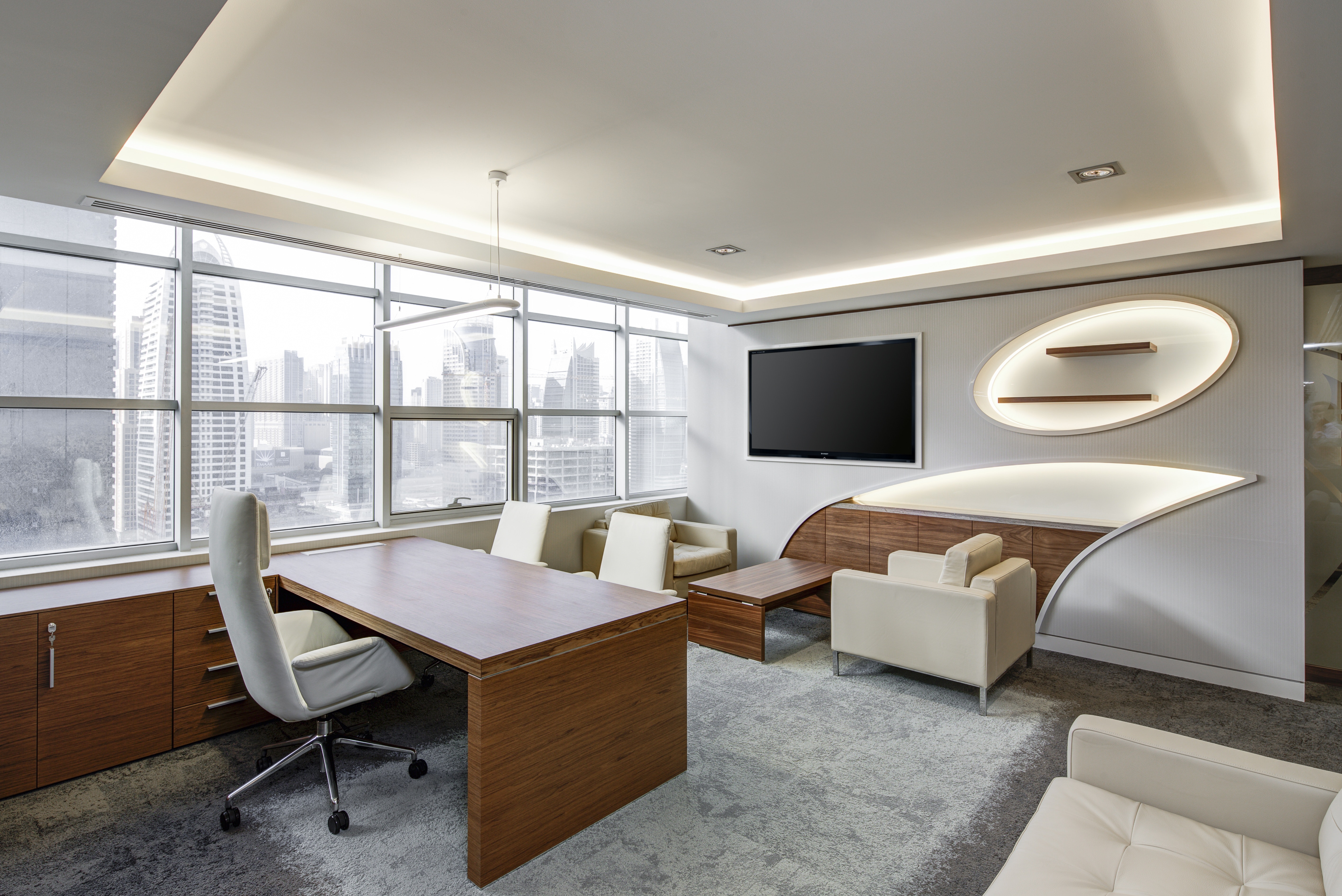How to Create an Ergonomic Workplace: Design Tips and Ideas
Creating an ergonomic workplace is an essential part of any office’s design. An ergonomic work environment ensures that employees are comfortable and productive, reducing strain on the body and increasing job satisfaction. Ergonomic design incorporates the best practices for furniture, equipment, and layout to reduce the risk of injury and fatigue. By adhering to a few simple tips and ideas, you can create an ergonomic workplace that is both productive and comfortable for your employees. With these design tips and ideas, you’ll be able to create an ergonomic workplace that is both comfortable and productive.
A supportive chair
One of the most essential pieces of furniture in an office is the chair. An ergonomic chair has several key features that make it more supportive and comfortable. First, it should have a tilt-adjustable seat. A tilt-adjustable seat allows the back to recline to maintain a natural curvature in the spine. It’s also important to select an adjustable seat depth and back height. These features allow you to adjust the chair to the correct height so that your knees are bent at a 90-degree angle while your feet are flat on the floor.
A suitable desk
Another critical piece of furniture is Office Desking. Like the chair, an ergonomic desk has several features that make it more supportive and comfortable. First, it should have lumbar support. A lumbar support helps maintain a neutral curvature in the spine and can help prevent back pain and injury. It’s also essential to select a desk with the right height. The best height for an office desk is between 28-40 inches, which is where most ergonomic experts recommend sitting. Desks with the right height are also adjustable, so you can easily adjust the position of the desk to suit your needs.
Use an ergonomic keyboard, mouse, and wrist support.
Keyboards and mice are two of the most commonly used office equipment. Choosing the right keyboard and mouse for an ergonomic office is important. A keyboard with reduced travel distance, a curved design, and adequate space between keys is recommended. It’s also important to use the correct keystroke technique. To help prevent fatigue and injuries to the wrists, fingers, and hands, it’s a good idea to use a wrist or keyboard wrist support. A mouse with a scroll wheel in the middle of the unit and a low-force sensor is recommended. Using a mouse with a side tilt, a vertical scroll wheel, or a click-free scroll wheel is another way to reduce the amount of wrist movement required to use the mouse.
Don’t forget about the height and placement of the display on desks.
An important consideration when choosing furniture for your office is the height of your desk and the position of your computer display. It’s essential to select a desk that has the correct height for your computer screen. The best height for a computer screen is 17 to 24 inches from the seat. It’s also important to keep in mind the height of the monitor when choosing a desk. You want to be looking directly at the screen, not looking up or down, to reduce neck strain.
Lighting
Besides the brightness of your office lights, the color temperature is also essential. It’s important to select light with a warm color temperature and a lower blue level. This will help reduce eye strain and help you to feel more relaxed during the workday. It’s also a good idea to consider the position of your lights. While overhead lights are typically used in offices, they don’t always provide the best lighting for work. Work surfaces should be lit from underneath, with light directed towards the work area. This type of lighting is better for reducing eye strain and improving productivity.
Office flow and placement of equipment
You’ll also want to consider the flow of your office and equipment placement. A common ergonomic practice is to position computers away from the user, with a wide path between the two. This allows for better air circulation and can reduce computer-related issues like eye strain and fatigue. It’s also a good idea to choose a location for your office equipment that reduces the need to reach or bend. It’s helpful to place all frequently used items within easy reach. This includes paper, pens, a trash can, and a water bottle.
Conclusion
An ergonomic work environment ensures that employees are comfortable and productive, reducing strain on the body and increasing job satisfaction. Ergonomic design incorporates the best practices for furniture, equipment, and layout to reduce the risk of injury and fatigue. By adhering to a few simple tips and ideas, you can create an ergonomic workplace that is both productive and comfortable for your employees.

